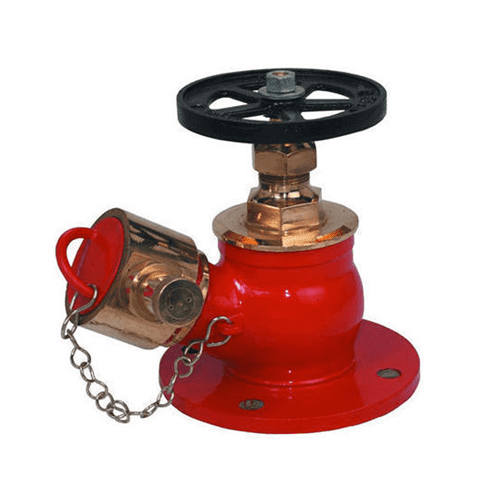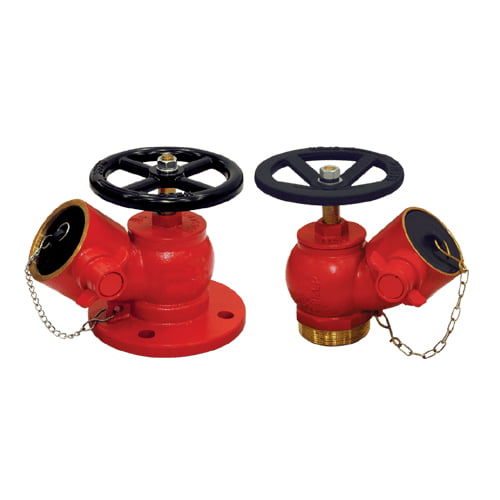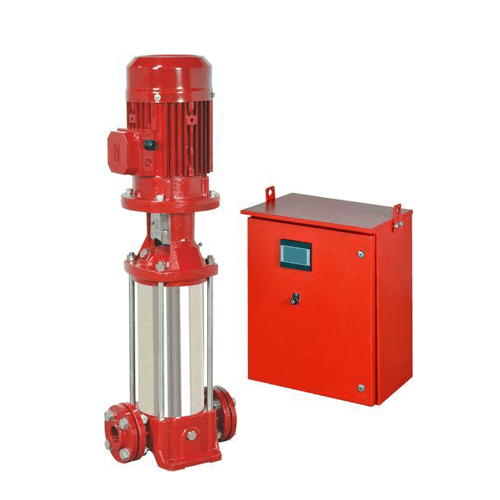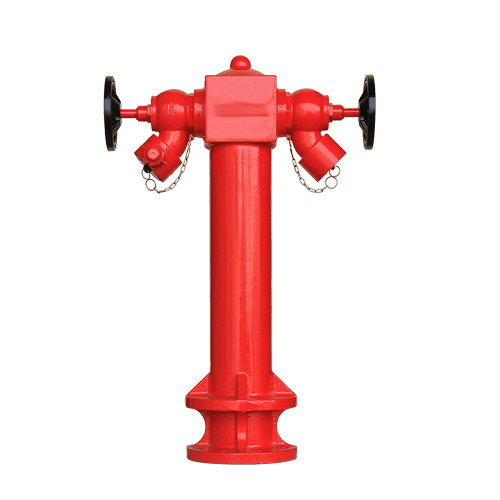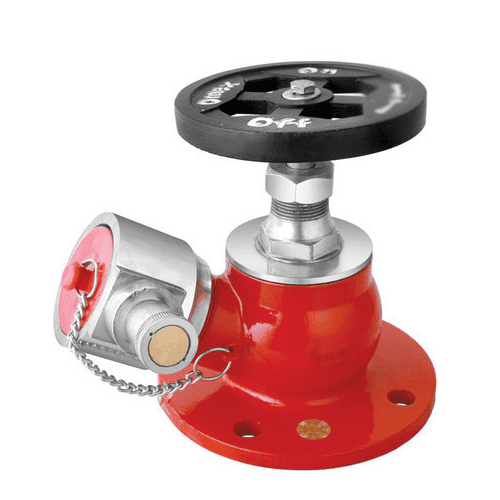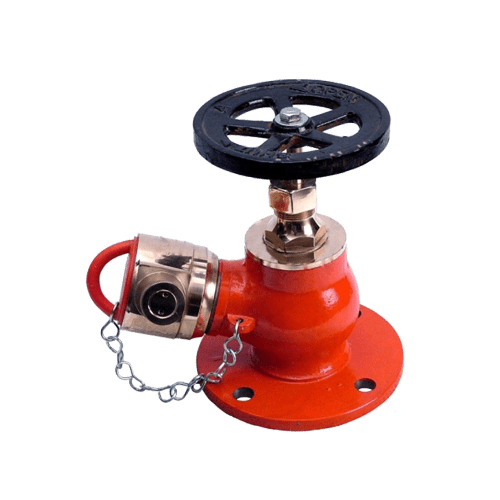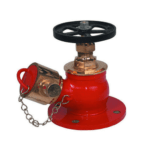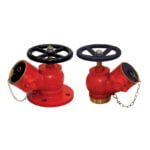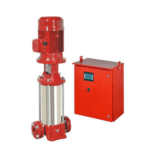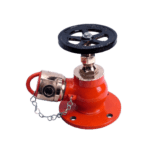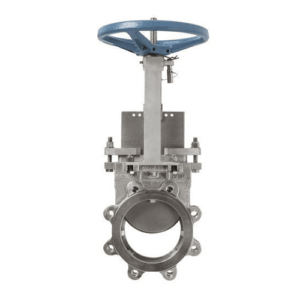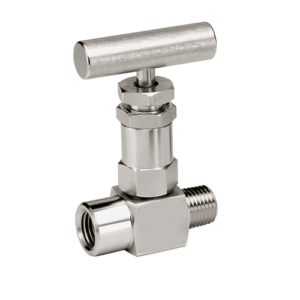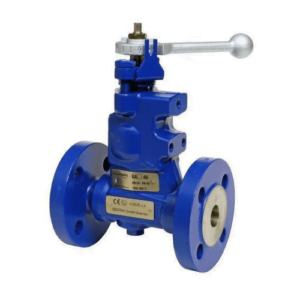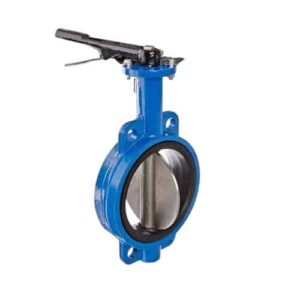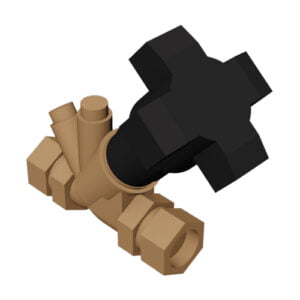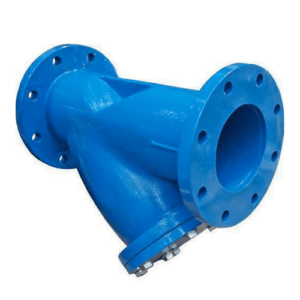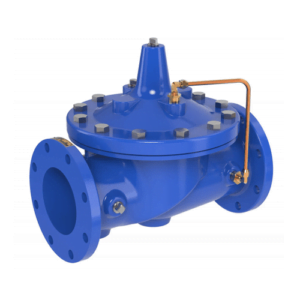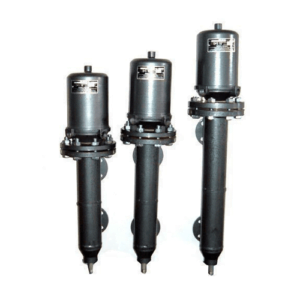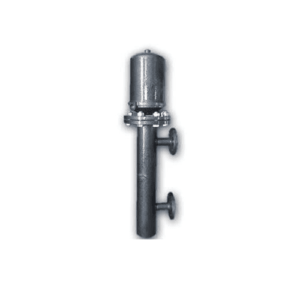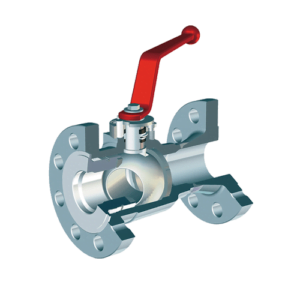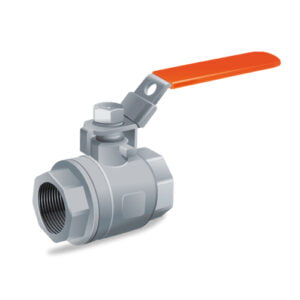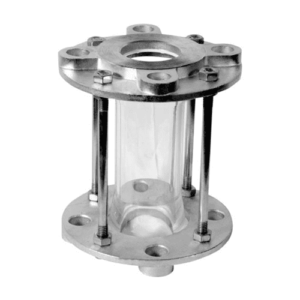Robust Fire Hydrant Landing Valve for Emergency Response Systems
The fire hydrant landing valve is among the most important parts of any firefighting system. It has been designed to act as a reliable source of water during emergencies. In many cases, it is fitted into buildings that are residential or commercial so that firefighters can have easy and quick access to water. What makes this valve unique is its strong construction and simplicity in use – things that are very much needed when dealing with fires.
Material Specifications:
This valve is made from high-quality ductile iron and brass which are highly resistant to rusting or breaking under pressure. These materials are supplied by Fire Hose Valves Manufacturer who practice sustainability thereby minimizing their environmental footprint while ensuring top performance for all items produced.
Technical Specifications:
Our landing valves have a 100mm nominal diameter and can withstand up to 20 bars of working pressure. It uses 4 Way Fire Hydrant Valve Manufacturer design that allows connection from different directions therefore making it more versatile in complex building designs. Other features include PN16 flange connection and handwheel operation which is common across all models for ease of use by people with different abilities.
Standards and Compliance
This valve is compliant with worldwide safety requirements such as ASTM or ISO 9001 certifications. It has also been internationally fire-tested by Gate Valve Fire Hydrant Manufacturer against global fire standards to ensure its dependability and efficiency in fire suppression systems. Each unit comes with a certificate of conformity which guarantees its quality and performance.
Usage Instructions
To make sure that your Fire Hydrant Landing Valve from Newage Hydrant Valve Manufacturer works at its best, you must adhere to the installation instructions. Regular maintenance should involve checking for leaks, corrosion, and ease of operation among others. It is also recommended that you carry out annual pressure tests to confirm whether the valve still functions well under its designed conditions or not. In case of any problem shooting or more maintenance tips, refer to the user manual provided or contact our support team directly
Applications
Fire safety systems in high-rise buildings, industrial complexes, and public spaces cannot do without the Fire Hydrant Landing Valve. It is designed to be used in various settings such as; industrial fire fighting landing valve manufacturer specifications which are suitable for intense systems or fire landing valve manufacturers designed optimized for quick deployment during emergencies. Connecting this model from a hydrant valve manufacturer at several points greatly improves access especially when time is of the essence.
Features and Benefits
Features:
Equipped with multiple exits (4 Way Hydrant Valve Manufacturer) that can be used simultaneously for efficient response in different firefighting situations.
Made of tough materials by hydrant gate valve manufacturer hence able to withstand extreme conditions over a long period without getting damaged.
Incorporates new methods into its making process by gate valve hydrant manufacturer to enhance how it operates thereby saving lives while on duty.
Benefits:
Enables fast and reliable water supply necessary when dealing with fires thus enabling firefighters to perform their tasks effectively.
Competitive prices are provided by fire hydrant valve price manufacturers so as not to compromise standards but still ensure the availability of quality safety equipment.
Long service life and low maintenance requirements reduce the total cost of ownership and ensure readiness for emergencies.
Other Products You May Need
When you have a Fire Hydrant Landing Valve in place, you should also consider a few other important fire safety items:
Pressure Reducing Valves: These are necessary for managing water pressure in fire suppression systems to avoid damaging hoses with high pressures.
Check Valves: One-way flow valves that are vital for keeping the integrity of any system involving fluids such as plumbing or heating installations.
Automatic Sprinkler Systems: Quick response systems that activate immediately when fire is detected making them suitable for use in residential houses and commercial buildings.
All these things are made to work together seamlessly with your Fire Hydrant Landing Valve hence giving you an inclusive modern fire protection solution that meets current standards and regulations.
Ensure your property’s safety today by installing our advanced Fire Hydrant Landing Valve. “Contact Us For More Information” and for detailed product inquiries and customization requests. Our user-friendly website will guide you through a smooth transaction process.
Support and Warranty Information
Fire Hydrant Valve Price Manufacturer supports its products through a complete system of help. This contains step-by-step installation instructions, clear guidelines for maintenance, and strong customer support. The standard warranty offered on the Fire Hydrant Landing Valve is meant to cover any defects in manufacturing while additional extended warranties can be procured upon request. Our staff members have made it their mission to guarantee that all fire prevention items are working properly and meet every necessary safety requirement.

